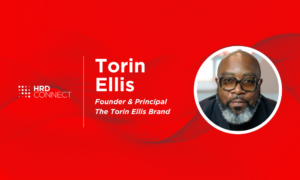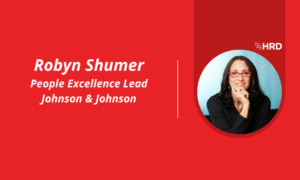Now is the time to offer guidance on improving leadership quality
- 4 Min Read
Are leadership development programs fit for purpose? HRD Thought Leader Dave Ulrich and Norm Smallwood dissect how to ensure leadership quality through organizational initiatives.
- Author: Idris Nagri
- Date published: Nov 17, 2020
- Categories

Recently, the head of HR from an exceptional company approached us about “refreshing” their leadership development program for 200 of their high-potential leaders. The program had been enormously successful in defining and improving the skills of their future leaders, but the CHRO felt that it might be time to upgrade both content and process to ensure top leadership quality in the time to come.
How would you respond to this request?
It’s surely tempting to dive in and review what is taught in the program and how it is taught, so that improvements can be made among the leaders who participate. However, maybe there is a better question to ask: what are the best ways to devote resources to improving leadership? Is it upgrading the content of the leadership program, or something else?
These questions underline the Organization Guidance System (OGS) we have created. We have shown the pilot results which show the impact of talent and organization initiatives on key results, and we now want to report the OGS leadership pathway results.
Point of view on leadership
We have spent much of our professional career defining effective leadership quality through a rather simple formula: effective leadership = attributes * results (see figure one). Leadership quality is evident when senior staff demonstrate the right attributes or competencies that deliver results for key stakeholders (customers, employees, organizations, and investors) in sustainable ways.
Figure one:
Overall RBL leadership model
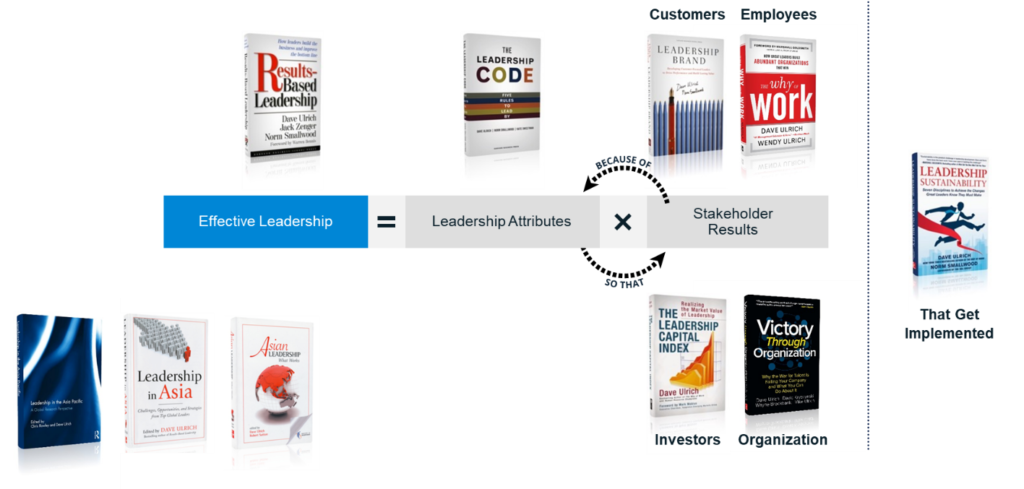
This overall logic may be translated into a leadership brand where the promises made to customers define the expectations of leaders. We have identified six elements to create a leadership brand (see Figure two). These six elements provide a disciplined process for improvement for those charged with upgrading leadership and installing leadership. This six-element leadership brand logic has been the conceptual framework for and validated in the Top Companies for Leaders work published with Fortune magazine and the framework for upgrading leaders and leadership in organizations of all sizes, industries, life cycles, strategic agenda, and geographies.
Figure two:
Six elements of leadership brand
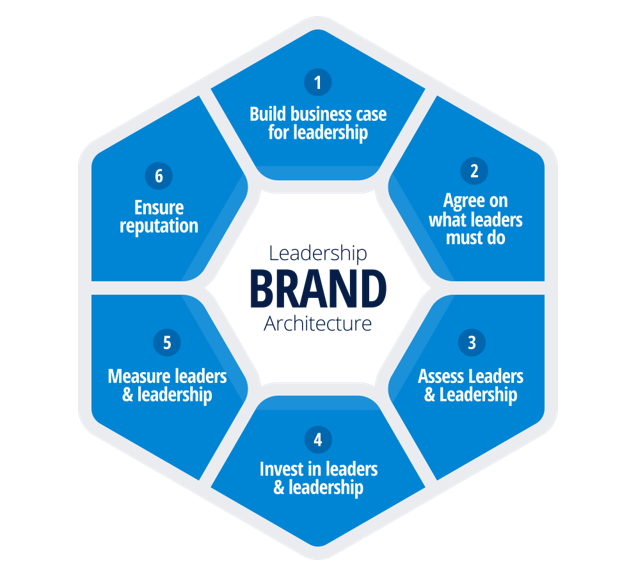
The six elements of leadership brand are summarized in Figure three and may each be assessed.
Figure three:
Summary assessment of leadership brand
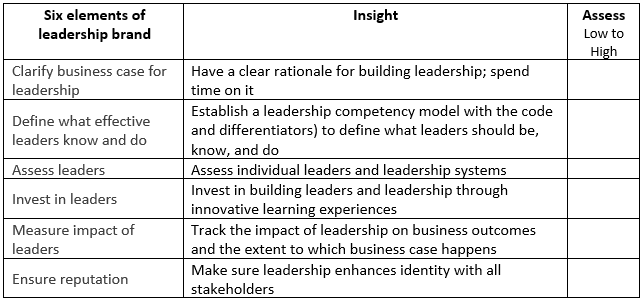
Report guidance on leadership brand
After 18 months of creating an OGS, we can now report how well companies perform on these six elements (see Figure four). This figure reports the overall mean (column A), variance (column B), and reliability (column C) of the measures of these six elements. This figure indicates which of the six leadership brand elements score higher (number two defining what leaders should know and do and number one clarifying business case for leadership) and which score lower (number five measuring impact of leadership). The results also confirm that these are valid measures of the six leadership brand elements (standard deviation and reliability scores).
Figure four:
Descriptive scores on leadership brand
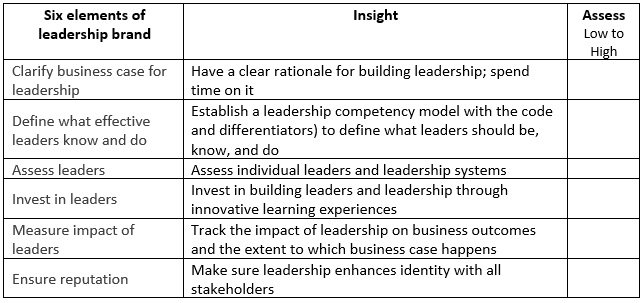
Guidance on building effective leadership
To move from these leadership brand descriptions (Figure Four) to prescriptions, we offer guidance in Figure five. This figure shows the relative impact of each of the six elements (rows) on four outcomes we measured in the pilot (columns B, C, D, and E). We used proprietary analytics (variance decomposition) to understand how different leadership initiatives (rows) will deliver different results (note: in the pilot we focused on four results; we now have added a fifth, social citizenship).
Figure five:
Guidance on relative impact leadership brand elements on key outcomes
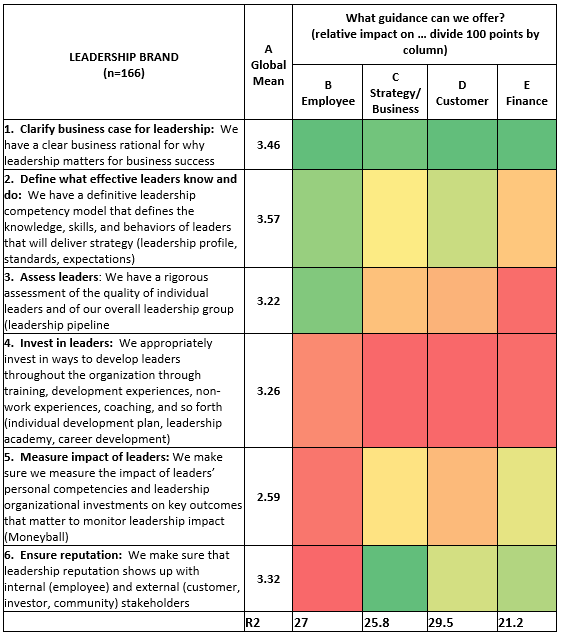
The findings in Figure five dramatically shift the discussion of building better leadership from what is done to what should be done. While these findings are with a small pilot sample and while we realize that the desired leadership development may vary by context (industry, pace of change) and strategy, they show quite conclusively that to deliver the four results, leadership improvement efforts should focus on #1 (building a business case) and #6 (ensuring a reputation) and not on #4 (investing in leadership).
Implications
The implications of this leadership brand guidance are profound. We told the CHRO who approached us that updating the leadership development program (element number four) might not have the desired impact as much as creating a stronger business case for leadership (element #1) and ensuring their leadership reputation in the marketplace (#6).
Now is the time for business and HR leaders to offer rigorous guidance on leadership (as well as talent and organization previously reported).
This OGS is completely free to anyone. Simply visit www.rbl.ai to get started.








